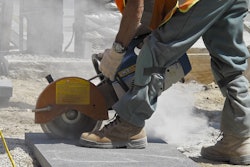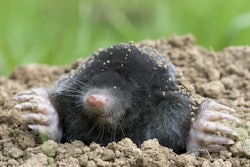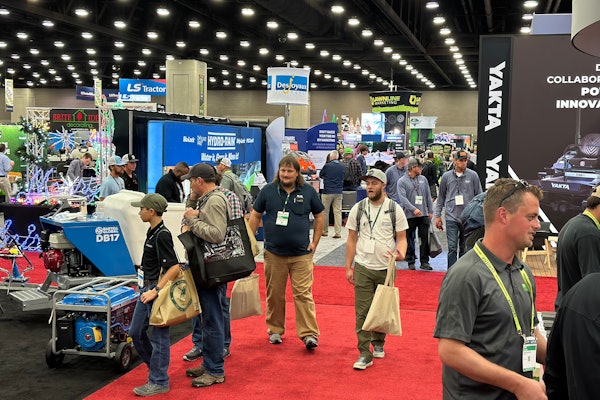
 Photo: Wikipedia
Photo: WikipediaRecently, the turf outside the National Mall in Washington, D.C. was replaced, which gave scientists the chance to study the bacteria present in the soil underneath.
The communities of microbes did not change much before and after the renovation, to the surprise of the researchers; these soil communities are known as the soil microbiome.
“My lab is interested in how microbes can move around in the environment, and how they change and adapt as a result of this movement,” said Jo Anne Crouch, a USDA-Agriculture Research Service researcher. Crouch is lead author of the study. “We thought that the new ‘imported’ turf from New Jersey would introduce different communities of bacteria to the National Mall. However, we found that they weren’t significantly different.”
The soil microbiome can similarly be compared to the collection of microbes found in the human stomach. When these microbes are not working properly, it results in sickness, and Crouch says this is true for soil microbiomes as well. Crouch says that many of worst diseases for crops and in other environments are linked to changes in the soil microbiome.
“There is a lot of interest in the management of helpful plant-associated organisms as allies to keep plants healthy and fight against disease and pests,” Crouch says. “Many microbes have long been appreciated for their ability to help plants stay healthy, either through better nutrition or defense.”
Crouch’s team and Joseph Roberts, University of Maryland turfgrass pathologist, looked at soil bacteria before and after the renovation. With the use of laboratory tests, they were able to use the DNA of the bacteria to try and figure out the exact type of bacteria present. Even though there were a few differences in the microbes present, there wasn’t enough for the researchers to say the renovation had a large impact on the bacteria.
There was, however, a variety of bacteria present, and Crouch noted that over 1,600 different species were detected.
“We were surprised by the outcome, as we thought that the microbiome would experience big changes, and that just wasn’t what the data showed,” Crouch says. “However, there is still much to learn about how issues like this impact microbes that are paired with plants.”
Crouch also says that even though the soil changes were small, scientists are also starting to appreciate that an important microbe is a rare one, which means it would be hard to detect but could greatly affect how the groups function overall.
“Agricultural areas and other natural spaces are highly vulnerable to negative changes,” she says. “Microbiomes offer a new and almost entirely untapped opportunity to influence interactions among plants and microbes to improve plant productivity and health.”










